Williston both taught and practiced as a horticulturist and campus planner at dozens of historically black institutions, including Booker T. Washington’s Tuskegee Institute, where he taught for more than 20 years.
See profile by Ed Cobb below.

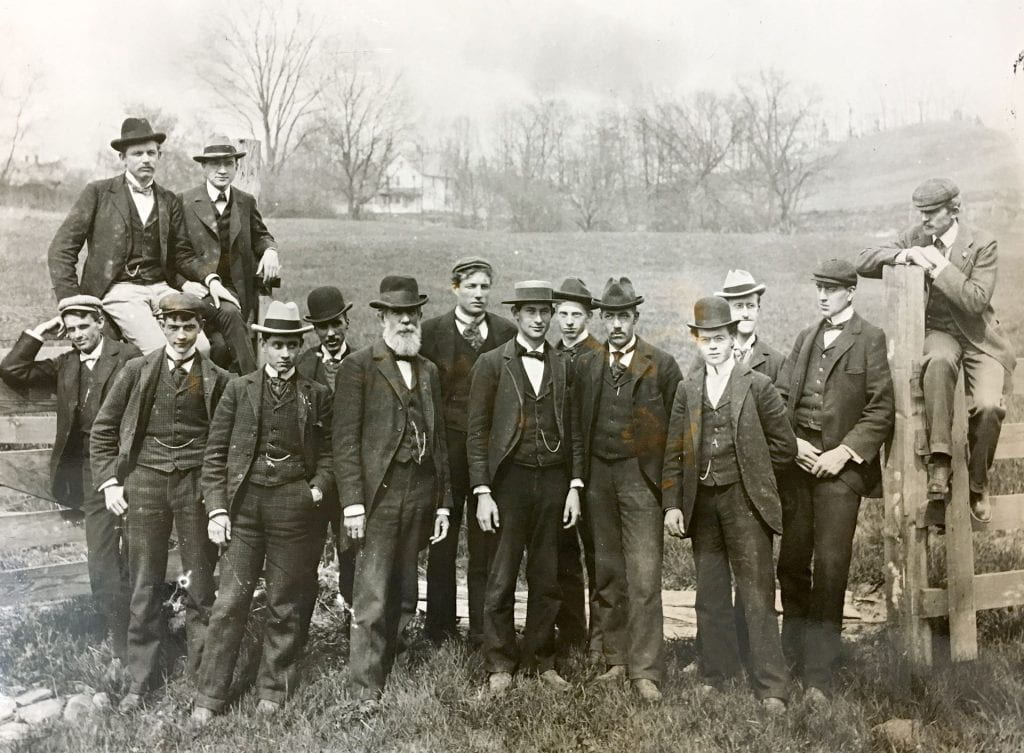
David Augustus Williston was born in 1868 in Fayetteville, North Carolina. Williston was the first African-American student to graduate from Cornell University with a BSA degree in Agriculture. He came to Cornell after attending Gregory Normal Institute in Wilmington, NC. As a student in agriculture, he took classes taught by Isaac Roberts and Liberty Hyde Bailey. Williston was an active member of the informal group referred to as the Horticultural Lazy Club that had been organized by Bailey. The club met on Monday evenings in the Forcing House Complex near where Hoy Field is today.
While at Cornell, Williston was financially supported by his older brother, Dr. Edward Davis Williston, and he lived near the entrance to Cornell on Eddy Street.
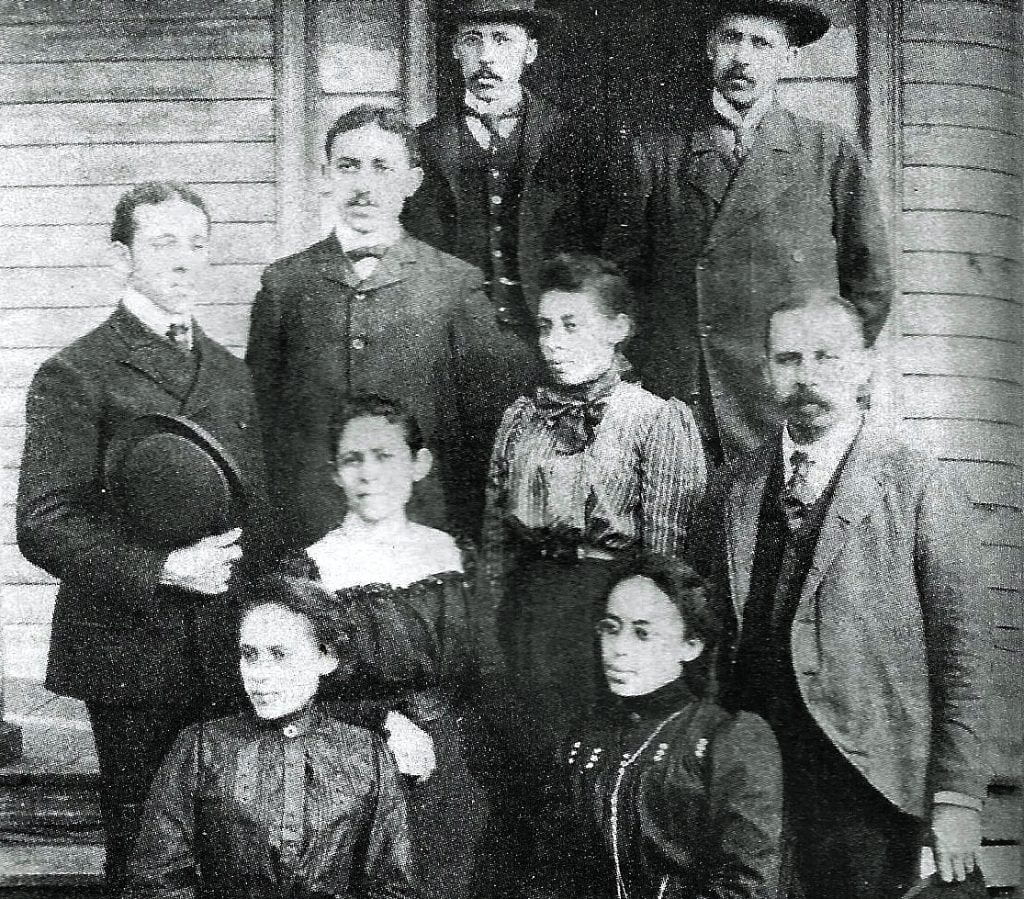
Williston wrote an academic thesis entitled “Atmospheric Drainage” as part of his BSA degree. Using a series of strategically placed thermometers at different elevations within a peach tree orchard, Williston recorded temperatures to determine whether windbreaks were advantageous to ameliorate what he called atmospheric drainage and reduce soil-water evaporative loss. His data indicated that windbreaks provided advantages, as previously postulated in the horticultural literature. Williston listed a number of other advantages windbreaks offer, as for example reducing flower-loss during severe wind conditions and encouraging pollinators. Although not seminal, his research was guided by empirical enquiry rather than speculation.
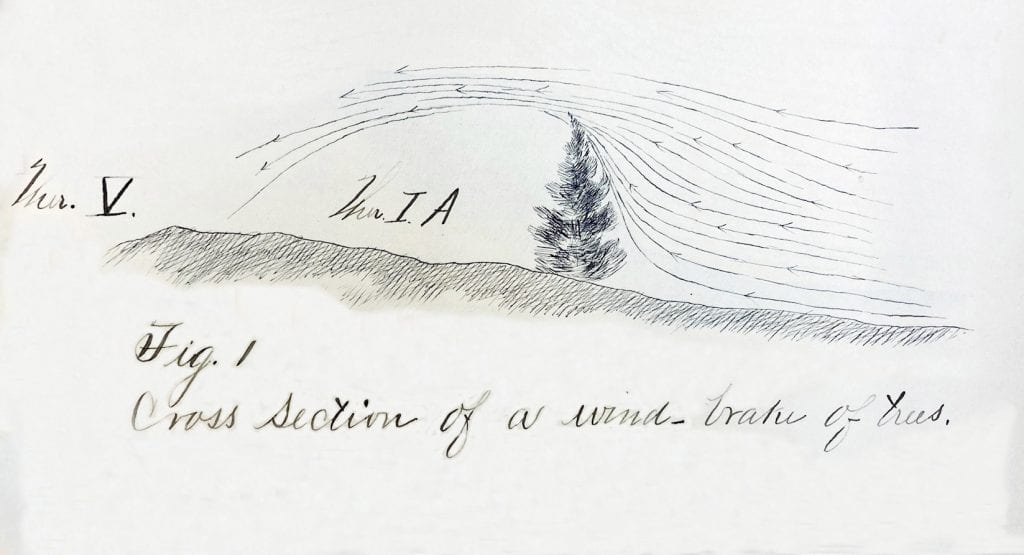
After Cornell, Williston’s first employment was teaching at the State College of North Carolina at Greensboro. He was hired as a Professor of Horticulture at Tuskegee Institute in 1902, which started his long association with the institution and George Washington Carver. Williston moved from Tuskegee to become a professor of Agriculture and Horticulture at Fisk University in Nashville, Tennessee in 1907. Then two years later he moved back to Tuskegee from 1909 to 1929 with a title of Landscape Architect and Superintendent. In the 1930s, Williston moved to Washington, DC, where he opened a landscape architecture firm. Williston was involved with the plans for expanding the Howard University campus and did the site plan and landscape design for Langston Terrace, an early public housing project.
During World War II, Williston was asked to create a site plan for the 99th Pursuit Squadron Training School and Airfield. His rapid attention to this project was instrumental to the success of the construction of the Tuskegee Army Airfield.

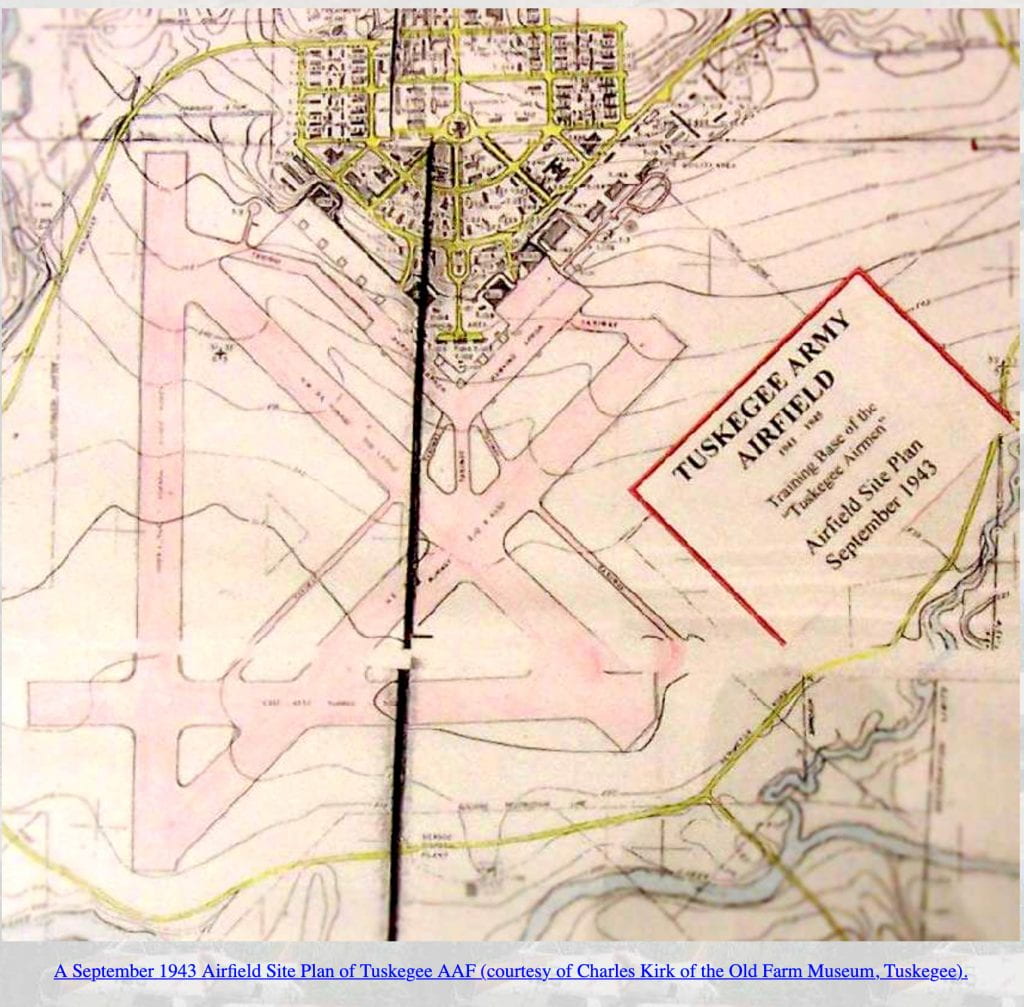
Over the years, Williston came back to Cornell for reunions and contributed to Cornell through his 1898 class. In 1958, he gave a generous donation to the Liberty Hyde Bailey Hortorium fund. Williston made plans to donate part of his estate to Cornell and the L. H. Bailey Hortorium, in particular.
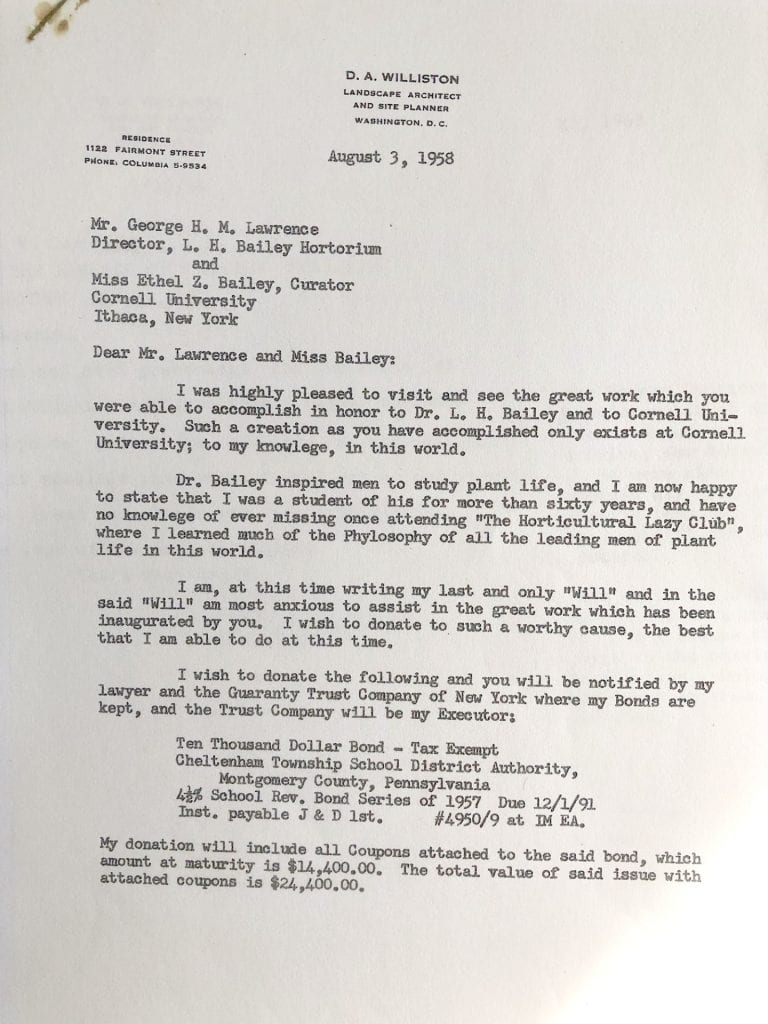

David A. Williston passed away in 1962 at the age of 94. He was predeceased by his wife, Sue Belle Williston and his son Dr. Thomas Augustus Williston.
See also: First African-American landscape architect launched career at Cornell (CALS News).



